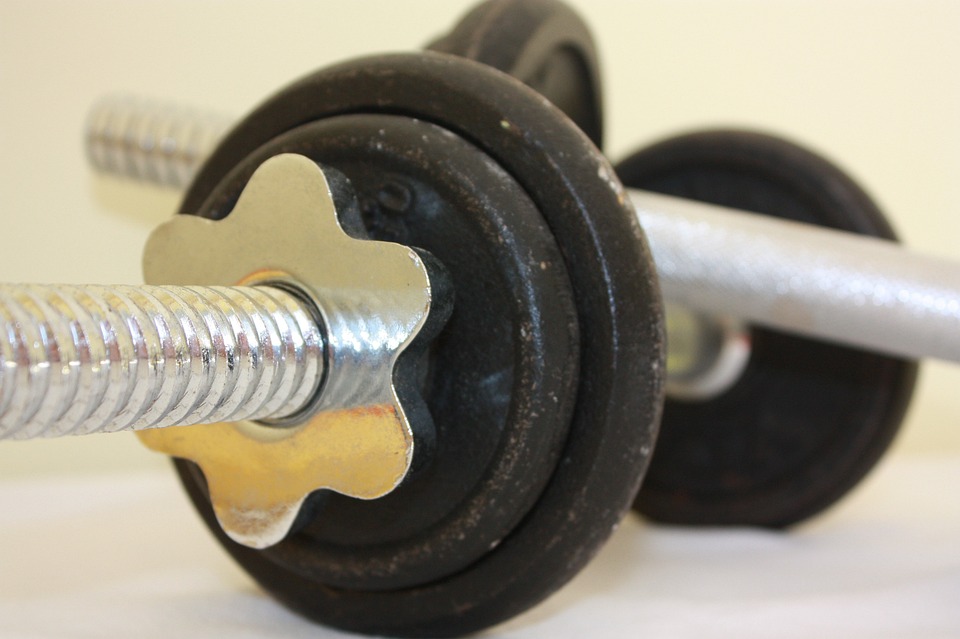Overcoming Plateaus and Staying Consistent in Your Strength Training Journey
As a strength trainer, you’ve likely experienced the thrill of making progress and watching your body transform. You’re crushing your workouts, and the results are undeniable. But, eventually, you hit a plateau. You’re not seeing the same gains you used to, and you’re left feeling frustrated and stuck.
Plateaus are a normal part of any fitness journey, and they can be discouraging. However, they don’t have to be a setback. With the right mindset and strategies, you can overcome plateaus and continue making progress in your strength training journey.
Understanding Plateaus
Before we dive into how to overcome plateaus, it’s essential to understand what they are and why they happen. A plateau occurs when your body adapts to the demands you’re placing on it, and you stop making progress. This can happen for several reasons:
- Progressive Overload: Your body gets used to the same weights, reps, and exercises, and it’s no longer challenged to adapt.
- Muscle Imbalances: You’re strengthening some muscle groups at the expense of others, leading to stagnation.
- Inadequate Recovery: You’re not allowing your body enough time to recover, leading to fatigue and decreased performance.
- Lack of Variation: You’re doing the same exercises and workouts over and over, without introducing new challenges.
Strategies for Overcoming Plateaus
Now that we understand why plateaus happen, let’s talk about how to overcome them:
- Progressive Overload: Increase the weight, reps, or sets to continue challenging your muscles. Aim to increase the load by 2.5-5lbs every two weeks, or as soon as you feel you can handle more.
- Muscle Balancing: Incorporate exercises that target the opposing muscle groups. For example, if you’re strong in your chest, focus on exercises that target your back and shoulders.
- Periodization: Vary your workouts by changing the exercises, reps, and sets every 4-6 weeks. This will keep your muscles guessing and prevent adaptation.
- Active Recovery: Incorporate active recovery techniques, such as foam rolling, stretching, and self-myofascial release, to help your body recover from intense workouts.
- Rest and Recovery: Prioritize rest and recovery by getting 7-9 hours of sleep and taking rest days as needed. Your body needs time to rebuild and adapt.
- Mental Toughness: Focus on your mental game by setting small goals, tracking your progress, and celebrating your successes. This will help you stay motivated and committed to your strength training journey.
- Seek Guidance: Work with a personal trainer or online coach to help you identify areas for improvement and create a customized workout plan.
Staying Consistent
Consistency is key to making progress in your strength training journey. Here are some tips to help you stay on track:
- Schedule Your Workouts: Treat your workouts like any other non-negotiable appointment. Schedule them in your calendar and commit to showing up.
- Find a Workout Buddy: Having a workout buddy can help keep you accountable and motivated.
- Track Your Progress: Take progress photos, measurements, and track your workouts. This will help you see the progress you’re making and stay motivated.
- Reward Yourself: Celebrate your small victories by rewarding yourself with non-food items, such as a new workout outfit or a massage.
- Stay Positive: Focus on your strengths and accomplishments, rather than your weaknesses. Believe in yourself and your abilities.
Conclusion
Overcoming plateaus and staying consistent in your strength training journey requires a combination of physical and mental toughness. By understanding why plateaus happen and using the strategies outlined above, you can overcome plateaus and continue making progress towards your strength training goals. Remember to prioritize rest and recovery, seek guidance when needed, and stay positive and motivated. With persistence and dedication, you can achieve your strength training goals and enjoy the many benefits that come with a strong and healthy body.




GIPHY App Key not set. Please check settings